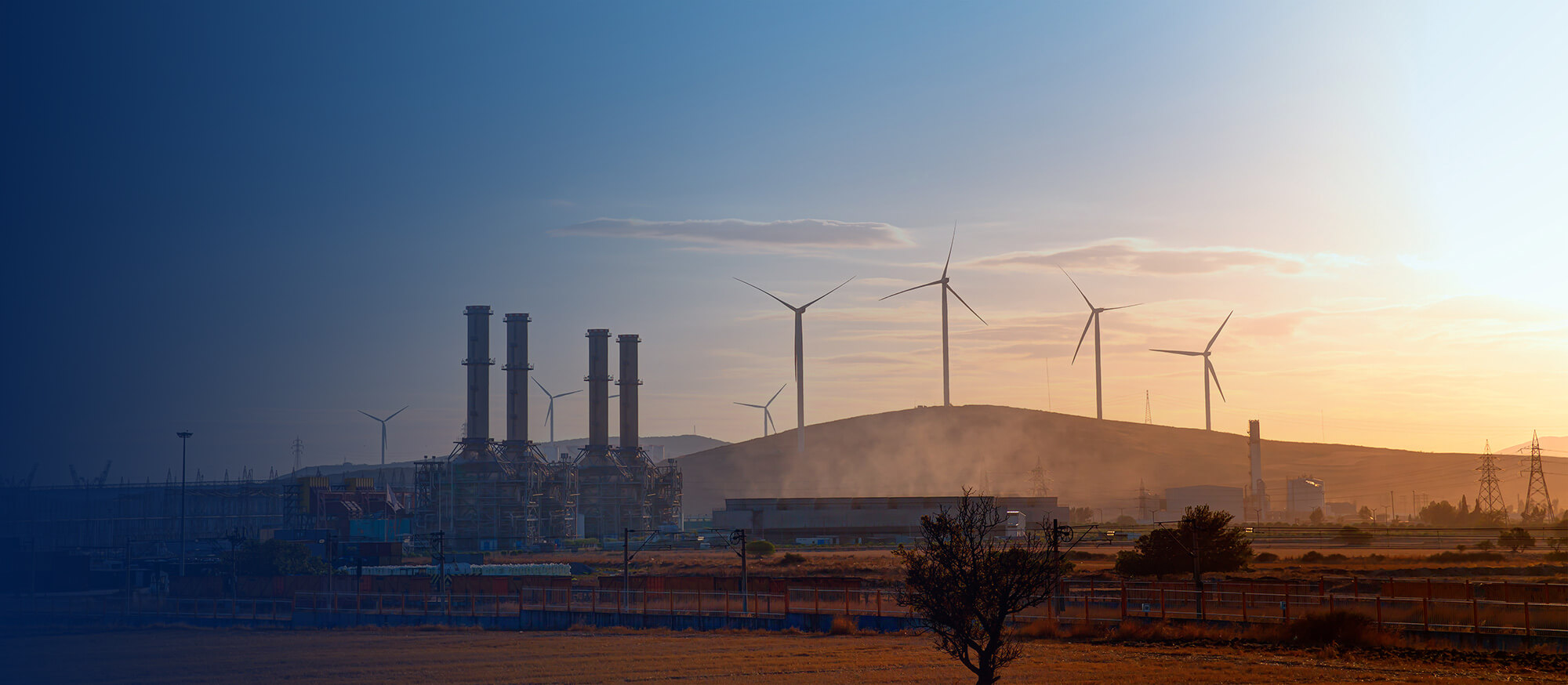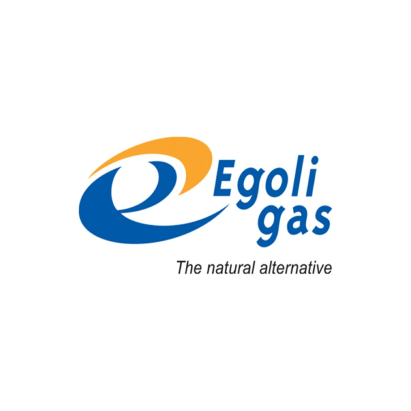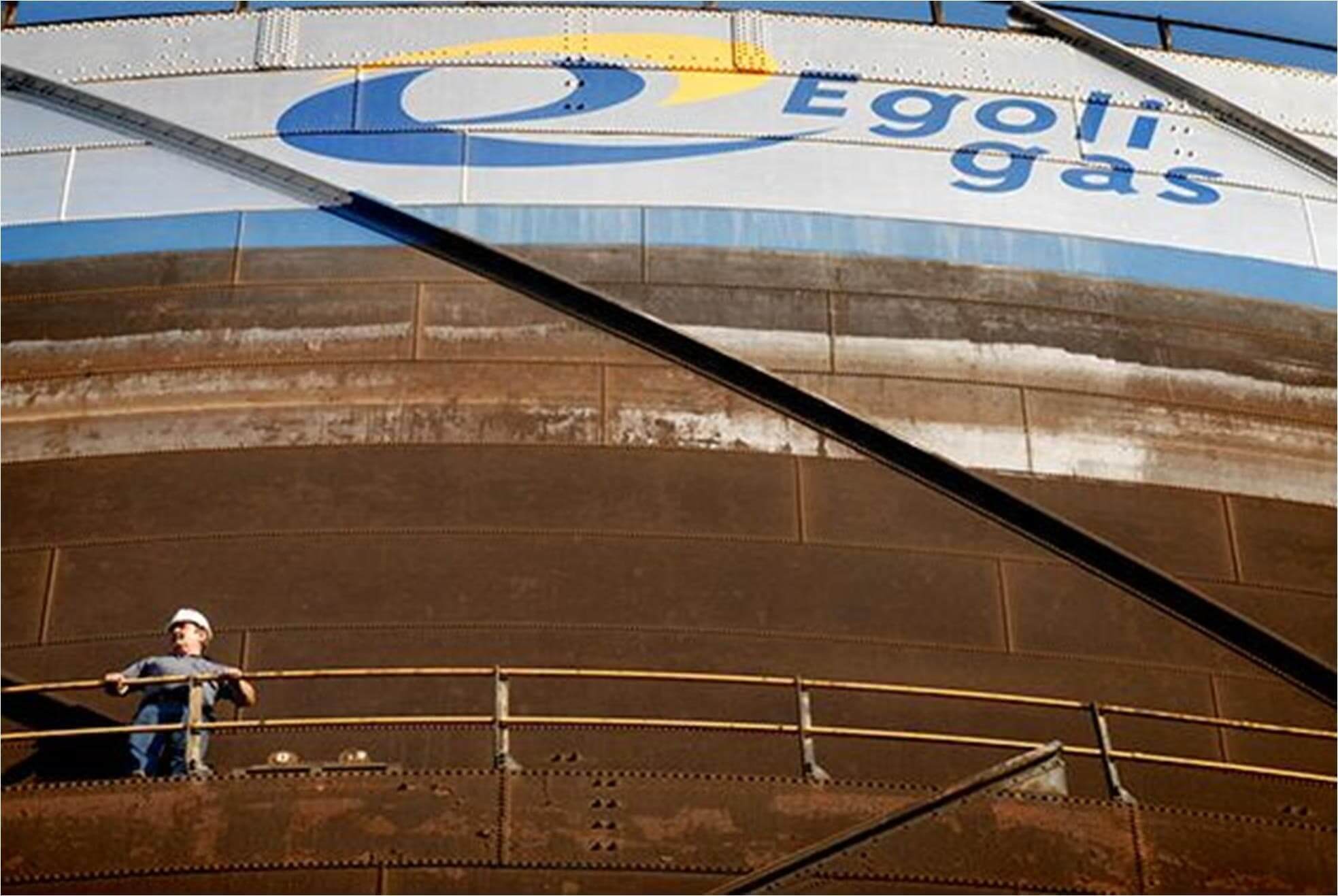Johannesburg, Gauteng, South Africa
With a “shop floor” covering the greater Johannesburg metropolitan area, Egoli Gas had an understandable problem reading their meters and getting a grip on the true status of their vast pipe network. Today, manual data collection is a thing of the past and Egoli Gas can do a better job of looking after its customers by meeting their needs in real time.
Background
Prior to the installation of this new system, Egoli Gas personnel would drive to 7200 gas meters in a 1800 km-long network covering a large portion of the greater Johannesburg metropolitan area, They would log consumption data for processing in Excel from which very basic reports were generated for management.
This entirely manual process was prone to human error, unsynchronised meter readings and further time delays in generating the reports. The result was an inefficient operation and delayed response to issues affecting gas delivery to Egoli Gas’ clients.
“As a utility company with many important customers, our challenges were numerous,” says Emmanuel Matodzi, Projects and Planning Engineer at Egoli Gas. “How do we read all the 7500 meters in our network or how do we ensure that none of the sectors in our network is being starved of gas or is experiencing low pressure – especially in times of sudden demand from our clients who use gas for power generation during power load shedding?”
But that’s only half the story. At any moment in time, Egoli Gas couldn’t readily reconcile the volume of gas they bought from SASOL with the amount supplied to their customers until the tedious and time-consuming process of manual data collection was completed – so reducing the time and cost of personnel travelling their vast network had to be addressed.
And the list goes on: How could Egoli Gas be proactive in pre-empting unwanted high pressures in their ageing network which isn’t only undesirable for the network but especially for their customers whose equipment may be designed to cope with 3 rather than 25 kPa? How can the company address the problem of detecting theft and leaks? Then there was the real need to know at all times how much gas capacity was in reserve as well as the health of the entire network.
This was all about bringing decades-old but vital energy technology into the 21st century with all its attendant problems and challenges. What’s more, whatever solution was chosen could not rely on human intervention and had to be entirely reliable since the profitability of Egoli Gas and the satisfaction of its customers depended on it.
Egoli Gas took a bold decision to address all these issues once and for all. Their goal was to develop a gas network monitoring solution using solar-powered GSM data acquisition technology and to log the data automatically in order to provide reports on gas distribution and consumption – all in real time while also addressing the issues of power availability at remote locations as well as that of vandal-proofing.





